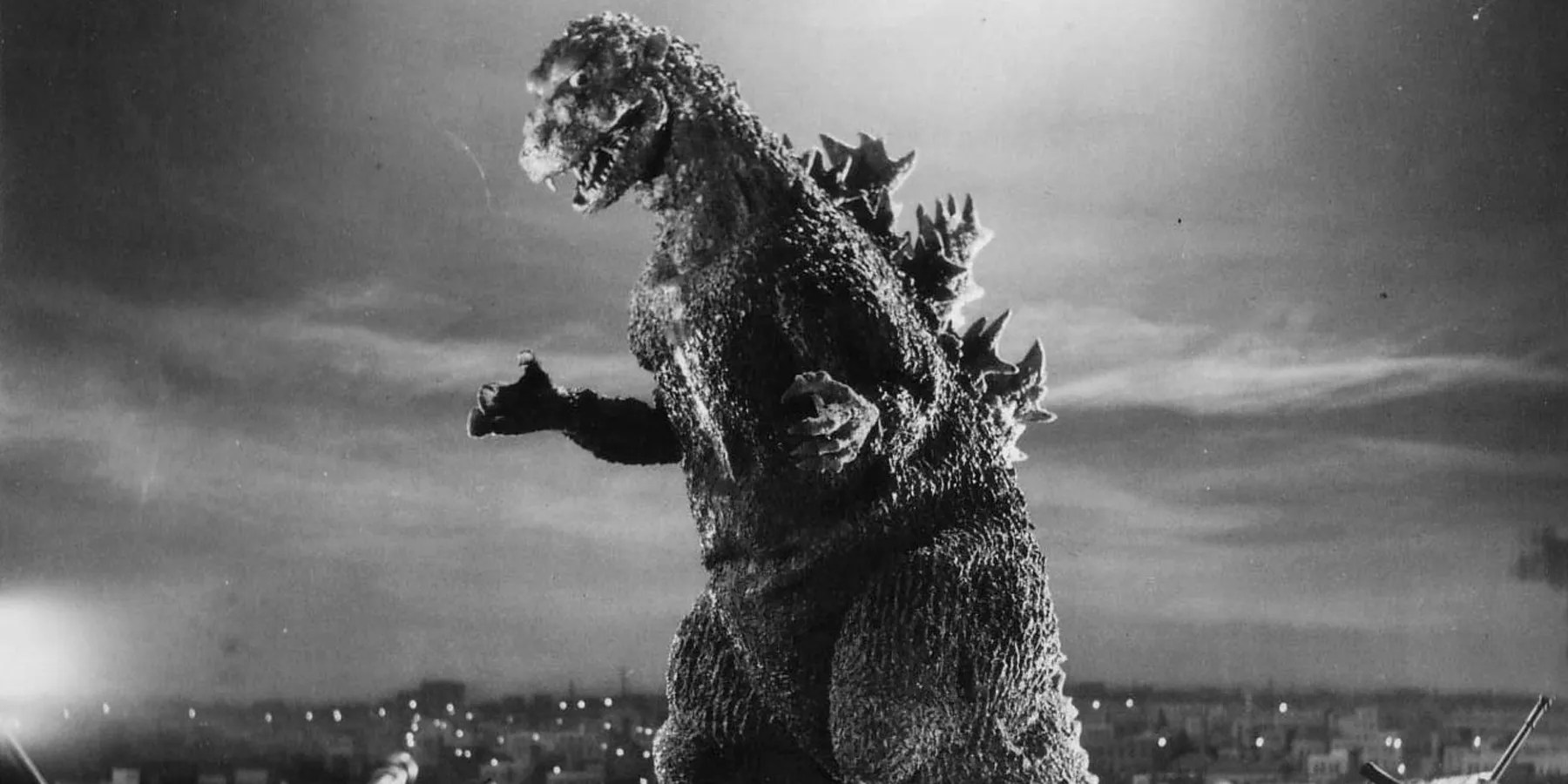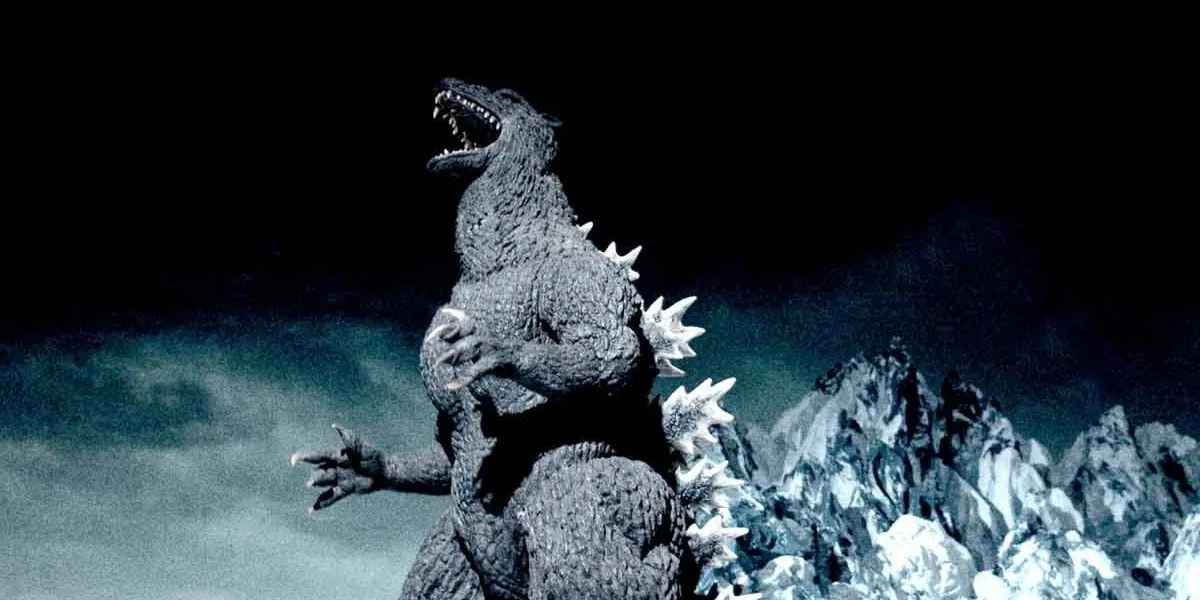Godzilla is one of the most enduringly popular characters in modern history. A living metaphor for the most pressing anxiety of the fifties gradually grew into the biggest icon in the kaiju genre. Over the years, there have been many different unique takes on the character and his monster entourage. The main Japanese film franchise helpfully came up with names to divide its eras.
Most of the recent live-action Godzilla movies have come out of the United States. After theembarrassing first outing in the 90s, Legendary Pictures has managed to capture much of what fans love about the King of the Monsters. Even with the ongoing Monsterverse, it’s important to remember the classics.

RELATED:Godzilla: 7 Forgotten Monsters Who Should Make a Comeback
The Shōwa Era (1954 - 1975)
The first 21 years of the King of the Monsters' reign are known as the Shōwa era. They borrow that name from Emperor Shōwa, known as Hirohito in the US, who ruled Japan during the entirety of this era. Godzilla starred in fifteen films in this era, gradually mappinghis main moral arc as a character. Ishiro Honda’s classic 1954Godzillaintroduced the kaiju as an embodiment of the atomic bomb and the fear it creates. That film’s success demanded a sequel, so Toho Studios greenlitGodzilla Raids Againthe following year. That film wasn’t quite as profitable, but it did spark a wave of other kaiju films.Rodanin 1956,Varan the Unbelievablein 1958, andMothrain 1961 introduced new giant monsters, but everything always came back to the king.
The Shōwa era depicted Godzilla’s gradual shift from a horror movie antagonist to an anthropomorphic kaiju hero. The first film that truly imagined him as the good guy wasGhidorah, The Three-Headed Monster, which alsointroduced Godzilla’s longtime rival. The series introduced kid-friendly entries withSon of GodzillaandAll Monsters Attack, giving Godzilla his first son in the form of Minila. The first twelve films in the franchise featured the same actor in the title character’s suit, Haruo Nakajima. The Shōwa era’s ending came as one would expect when one of the films finally bombed.Terror of Mechagodzillabrought an end to the Shōwa era and started a brief hiatus for Godzilla.

The Heisei Era (1984 - 1995)
In 1984, Toho rebooted the franchise withThe Return of Godzilla. That film was an early example of a very modern phenomenon, areboot that ignored the continuityof every entry except for the first. This madeReturnthe new “official” sequel to the original 1954 classic. The follow-up,Godzilla vs. Biollante, dropped five years later and established Godzilla as a more grounded anti-hero. The seven films in this era tended to be more socially conscious than the later Shōwa entries, focusing on themes of environmental devastation and scientific advancement. This era was also the first to provide Godzilla with a proper backstory, introducing an ancient dinosaur calledGodzillasaurus,which underwent nuclear radiationto attain its new form. Kenpachiro Satsuma portrayed Godzilla throughout the entirety of this era.
The Millennium Era (1999 - 2004)
The second era began with Godzilla’s 30th birthday, this one ends with his 50th.Godzilla 2000: Millenniumhit the big screen in 1999, again rebooting the franchise back to the continuity of the 1954 original. Instead of building a new storyline, the six films in the Millennium era are treated more like entries in an anthology. Most of them occur without reference to each other. The two exceptions areGodzilla Against MechagodzillaandGodzilla: Tokyo S.O.S., both of which take elements from Shōwa era films likeMothra. This era also laid the groundwork for Legendary’s currently ongoing series through a strange rights negotiation. After the grand 50th birthday party ofGodzilla: Final Wars, Toho put the franchise back on hiatus.
The Reiwa Era (2016 - Present Day)
After the success of the first good AmericanGodzillafilm, Toho prepared for one of their boldest decisions yet. Hideaki Anno and Shinji HiguchiofNeon Genesis Evangelionfame came together once again to createShin Godzilla, a true return to form for the franchise. This 2016 film sets its continuity back before the original film, reimagining Godzilla’s first appearance as a much more modern metaphor. Aside from that piece of anarchic brilliance, most of the modern era of the franchise has been delivered through anime films. Polygon Pictures and Netflix distributed three anime Godzilla filmsand one animated series, all of which received mixed reviews and mild success. However, there is still hope, as Toho has promised the world a new live-action entry this November.
The eras ofGodzilla’s success are mostlydefined by dull backroom decisions, but the effect of separating up the timeline is much more interesting. If a viewer selected one film at random from each era, they would be treated to four vastly different experiences. These distinct eras demonstrate the depth of creativity exhibited by the long history of the King of the Monsters. Hopefully, Godzilla has a few more eras left in him.

